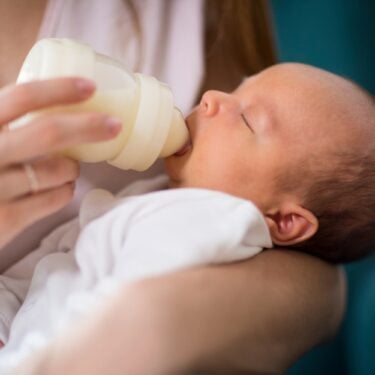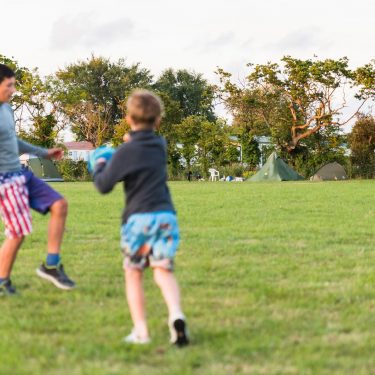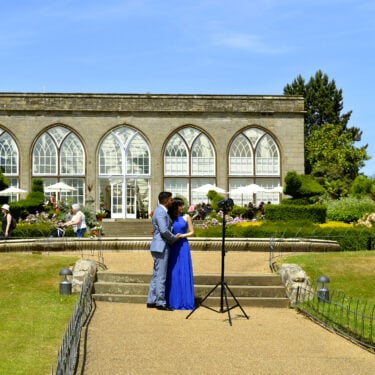Key information
The Foundation has simplified and speeded up the process of applying to the RDA fund.
There is a new shortened application and the next deadline will be in Autumn 2025.
If you have any questions about the new process or your application please contact applications@nuffieldfoundation.org.
There are two deadlines a year for this fund:
- Spring: Grants of up to £750,000.
- Autumn: Grants of up to £750,000.
Please note, the majority of grants we award are less than £300,000. For funding applications that are larger in scale and address our core areas of interest, we will consider awards towards the higher end of the current funding scale, providing applications can demonstrate a strong case and value for money.
There are two stages to apply for funding:
- Stage 1: Submit an outline application form online
- Stage 2: Shortlisted applicants will be invited to complete a full application form for peer review and Foundation consideration
As an engaged funder, the Nuffield Foundation offers support to shortlisted applicants, helping them to refine their proposals for maximum rigour and impact.
Finalised proposals are then assessed by peer review and the Foundation.
Funding criteria
| What we look for |
| Is the research question relevant? |
| Is there a clear conceptual framework? |
| Is the question researchable and the methodology appropriate and rigorous? |
| Does the team possess appropriate experience, expertise and potential? |
| Is the budget requested appropriate and does it offer good value for money? |
| Is there a clear route to use the output to positively influence future outcomes? |
| Ineligible categories |
| Individuals without a formal employment or other relationship with the institution hosting the grant |
| Projects led by individuals unaffiliated to any particular organisation |
| Projects led by undergraduates or masters students |
| PhD fees or projects where the main purpose is to support a PhD |
| The establishment of academic posts |
| Ongoing costs or the costs of ‘rolling out’ existing work or services |
Our funding approach is set out in our strategy. Check our Guide for applicants and short videos for further details.
Applications for research, development and analysis grants are usually between £10,000 and £750,000. Most of the grants we award are between £50,000 and £300,000 and are between six months and three years in duration, but we will occasionally consider proposals with a larger budget or longer timescale.
The best way to test the eligibility of a proposal and its fit with our criteria is to submit an outline application.
Before submitting an outline application, you must check that our Terms and conditions are acceptable, both to you and your host institution.
Please note that we have redesigned the Guide for Applicants however, the content and application requirements have not changed.
FAQ
Who can apply for Nuffield funding?
We award grants to a wide range of organisations including universities, research organisations, and voluntary sector bodies. Applicants should employed by, or have formal affiliation to, a UK based organisation. You can use our Eligibility Tool to check if you can apply.
What funding do you offer?
The majority of grants we fund are under £300,000, but we occasionally offer smaller grants of under £15,000. Our largest grant awards are for a maximum of £750,000 – successful applications for bigger amounts (that is more than £500,000) need to demonstrate an exceptionally strong case and value for money.
How do I make a funding application?
Outline applications are made online via our website and considered twice a year, in Spring and Autumn. We recommend reading our Guide for Applicants before submitting your application. We have a two stage application process so, if your Outline application is shortlisted, you’ll be invited to submit a full application to tell us more about your project.
When will I know if my application’s been shortlisted?
Our team will be in touch to let you know the status of your application.
When should I submit my application?
We operate a gathered field approach to grant applications. It means funding applications can be made at any time, via our website, but shortlisting takes place twice a year – in Spring and Autumn.
Shortlisted applicants will be invited to submit full applications, which will undergo external peer review. Shortlisted applicants will be notified of final decisions. Further information on the application timeline can be found in the Guide for Applicants.
Will I receive feedback on my outline application?
We offer constructive advice and support to those invited to submit a Full application. Due to the volume of applications we receive, we are not able to give specific feedback on unsuccessful Outline applications, beyond what is provided in the letter informing you of our decision.
Spring timeline

Autumn timeline









































